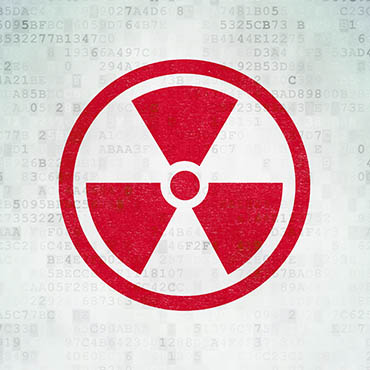New computer models promise better analysis of underground nuclear tests

New detection technique from LLNL can hone remote analysis of underground nuclear explosions and help find rogue regimes' secret test sites.

A new analytic technique used with computer modeling could help international nuclear weapons inspections teams track down and determine a more thorough signature of nuclear weapons used in secretive subterranean tests like the one North Korea conducted earlier this year.
Scientists at Lawrence Livermore National Laboratory have developed a computer modeling technique to better track noble gases, such as radioactive xenon isotopes, that can carry the signature of what kind of nuclear weapon was tested. The research team was able to simulate the signature of gases that escape into the atmosphere after an underground nuclear test.
North Korea claimed it conducted an underground test of a hydrogen bomb in January.
According to LLNL, the new technique can find a secret underground test site within a 1,000 square kilometer search area during onsite inspections carried out under the Comprehensive Nuclear Test Ban Treaty. The research also may have applications in monitoring other heated or pressurized subsurface operations, such as in situ coal gasification, deep sequestration of supercritical CO2 and nuclear waste disposal.
NEXT STORY: Tech startups with Chinese characteristics


